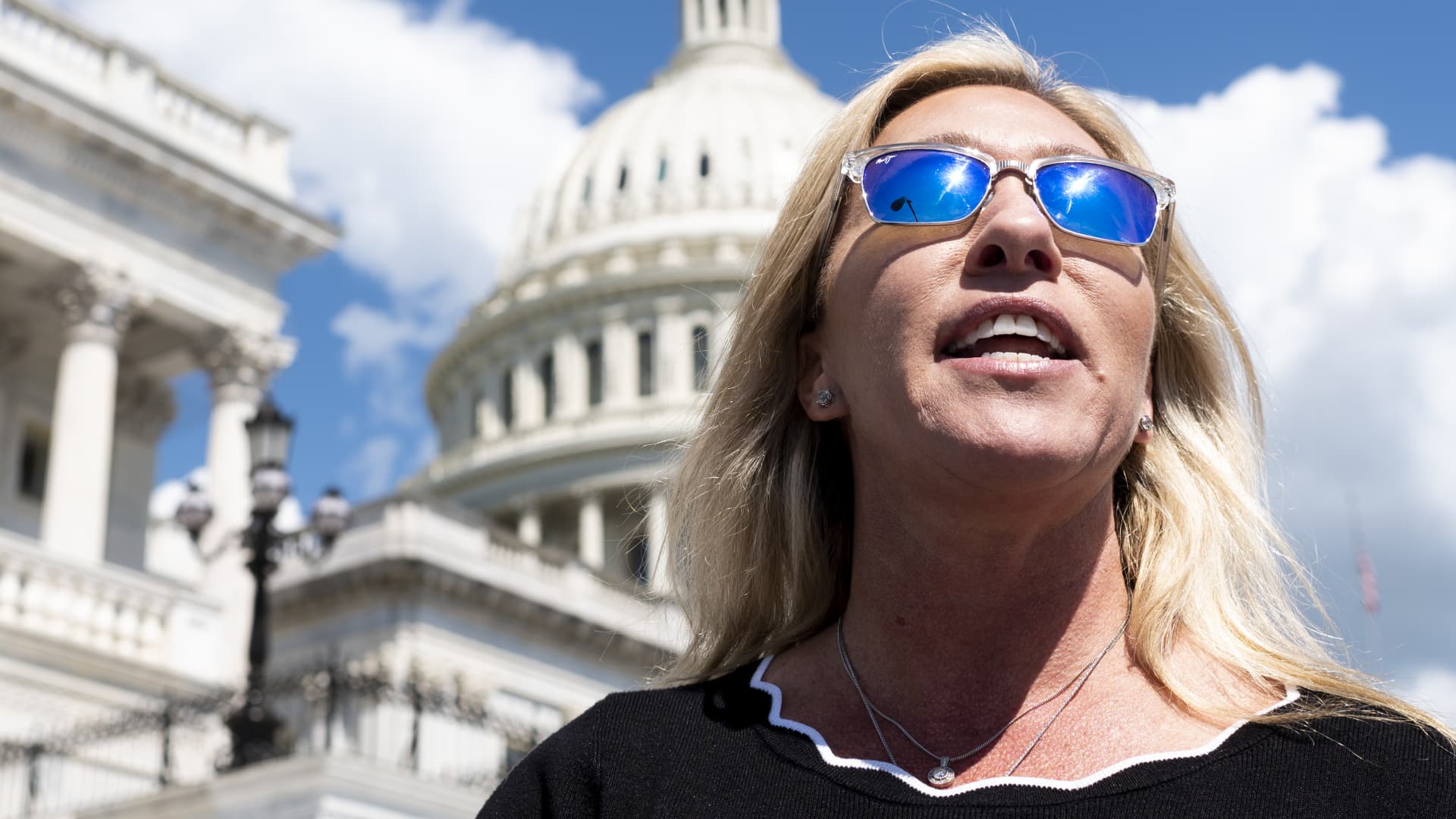A âdouble whammy’: Consumers are feeling the pain of rising interest rates and ballooning credit card debt, economist says


To keep up with rising prices, many Americans are falling back on their credit cards once again.
Credit card balances rose year over year, reaching $841 billion in the first three months of 2022, according to the most recent data from the Federal Reserve Bank of New York.
At this rate, balances could soon reach record levels amid higher prices for gas, groceries and housing, among other necessities, according to Ted Rossman, a senior industry analyst at CreditCards.com.
More from Personal Finance:
How inflation can both hurt and help consumers
How does your ‘personal inflation rate’ compare?
Workers may see biggest raises since Great Recession next year
For its part, the Federal Reserve has been hiking its target federal funds rate in an effort to calm runaway inflation.
However, anyone carrying a balance will also see the annual percentage rate on their credit card head higher as the Fed continues to raise rates to try and tamp down rising prices.
Beware of the inflation and credit ‘double whammy’
“Rates are rising and consumers are running out of options for cheap credit,” said Nela Richardson, chief economist at payroll processor ADP.
As people spend down their savings and shift to credit for their purchases, they’re also getting hit with higher interest rates as Fed policymakers try to slow inflation — what she calls a “double whammy.”
“That means consumers are not only making purchases at today’s inflated prices, they’re paying even more on top of that to cover the rising cost of borrowing.”
Since most credit cards have a variable rate, there’s a direct connection to the Fed’s benchmark. As the federal funds rate rises, the prime rate does as well, and credit card rates follow suit. Cardholders usually see the impact within a billing cycle or two.
Annual percentage rates are currently at 17.13%, on average, but could be closer to 19% by the end of the year, which would be an all-time high, according to Rossman.
To date, the record is 17.87%, set in April 2019, according to Bankrate.com.
How to avoid record-high interest rates on credit cards
Gina McKague, founder of McKague Financial in Livonia, Michigan, offers these tips to lower your credit card interest rate and keep your payments under control:
- Build up a healthy credit score. Having a higher credit score proves to lenders you’re able to pay back loans, which in turn can typically give you a lower credit card interest rate.
- Shop around and negotiate for the best rate. Shop around different credit card companies and find out which one will give you the lowest rate. Not every creditor will start out with the same offer but you can negotiate. Lenders will often match rates to gain a customer.
- Review your credit cards annually. Each year, take time to review how high of an interest rate you’re being charged. If you’ve been a good paying customer, ask the creditor to have your rate lowered.
- Take advantage of new offers. If you carry a balance each month and interest is being charged, consider rolling it over to a card that is offering 0% interest. Just be sure to pay off the balance before the offer expires.
- Pay off your bill at the end of each month. If you’re paying your bill in full each billing period, then you’re avoiding being charged interest and don’t have to worry about it.
This post has been syndicated from a third-party source. View the original article here.




